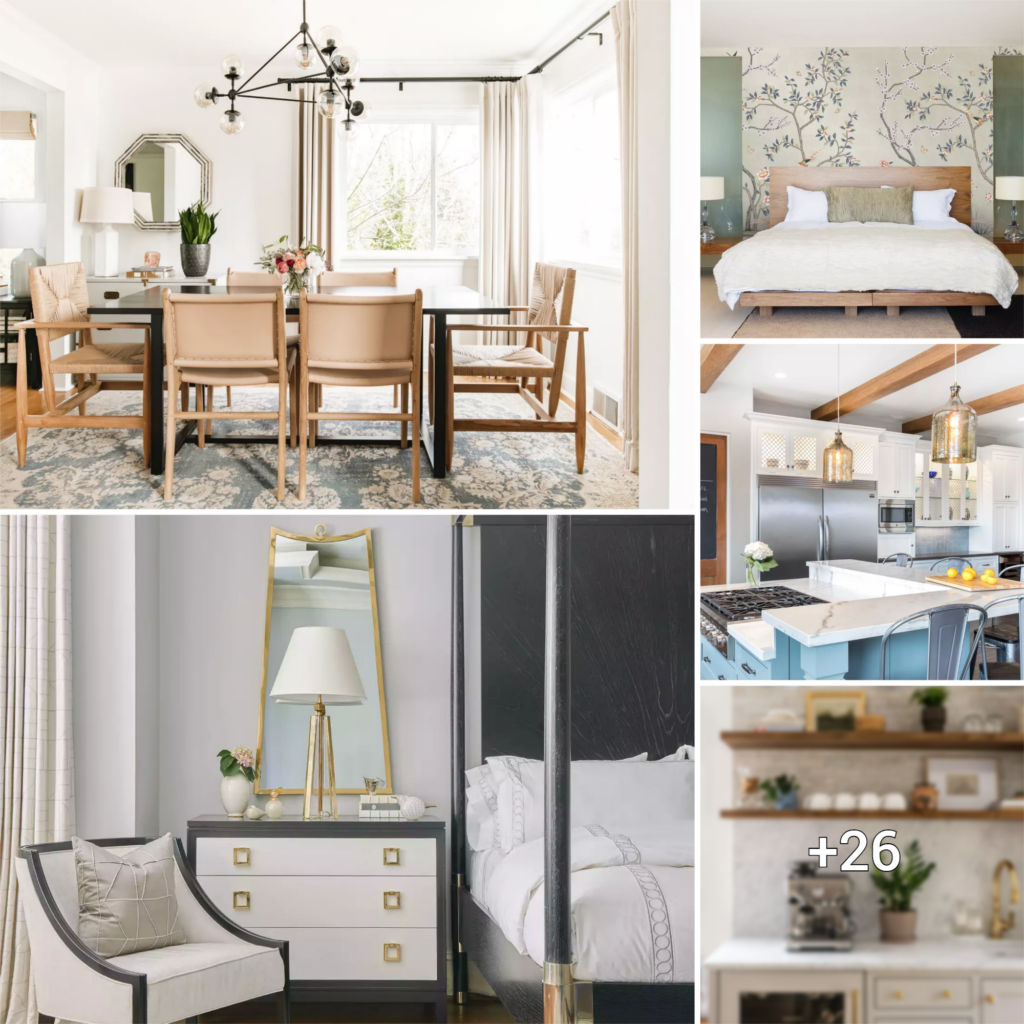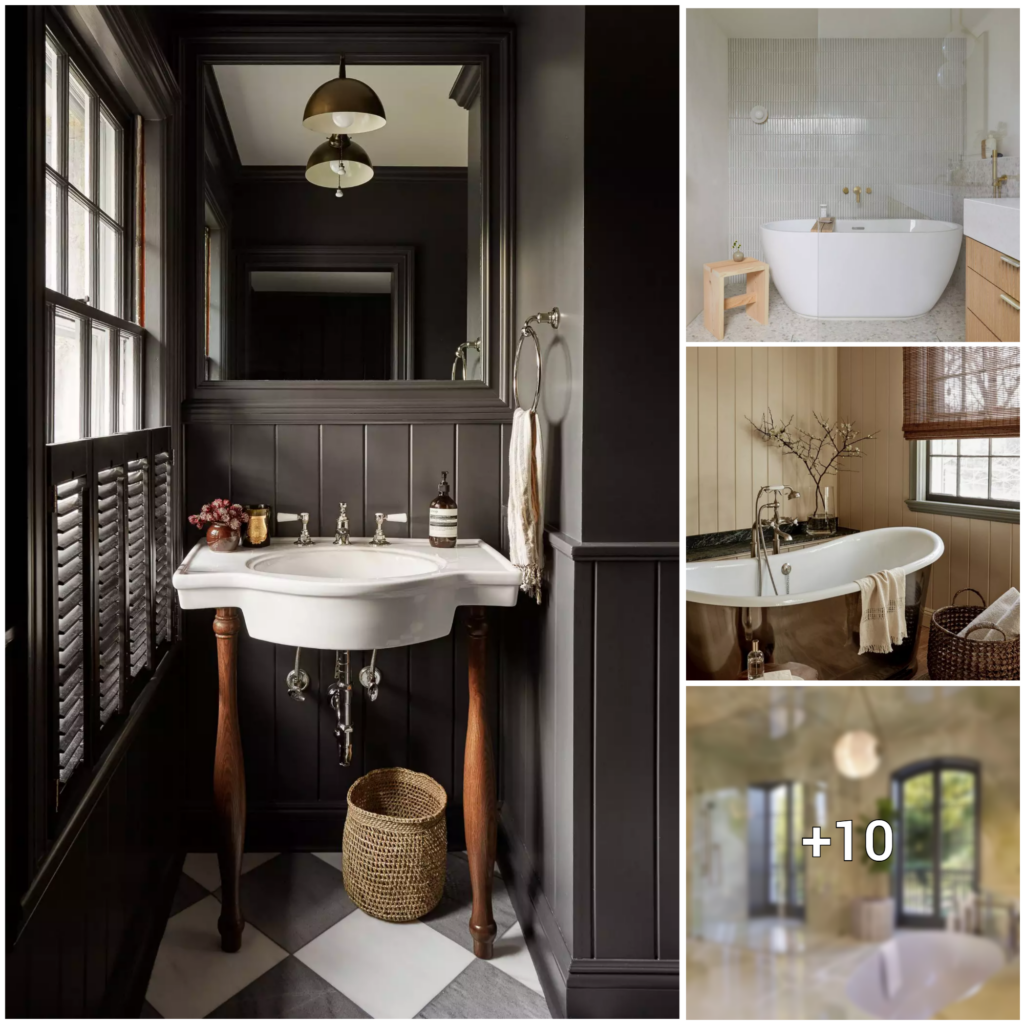Designing a home can be a daunting task, requiring a lot of effort from the conceptualization stage all the way to construction. It becomes even more difficult when budget limitations are thrown into the mix. However, it is still possible to create an attractive and practical design within a tight budget. This can be achieved by relying on the expertise of designers, coming up with innovative solutions, and conducting thorough research. Using simple yet effective color combinations can add an element of interest to your design without overspending.
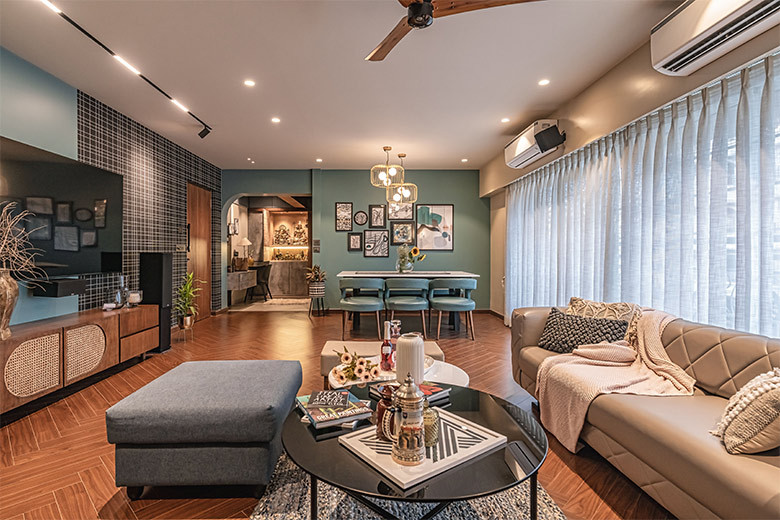
Achieving a low-cost design is possible by tapping into the skills of designers and using inventive solutions, along with conducting some research.
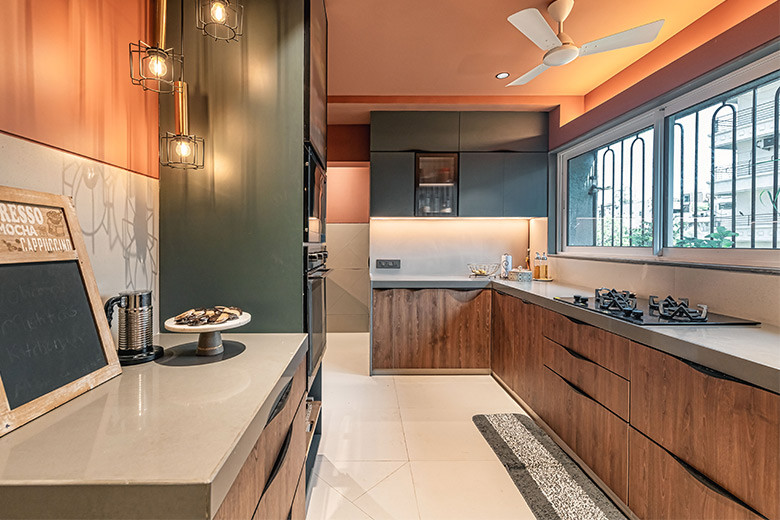
Creating a design for a low-budget home is highly dependent on the client’s specific needs and desires. However, there are several factors that designers can consider to ensure a smooth and successful process. Shilpa Kabra, partner of The DesignBox, suggests starting by asking the client a series of questions to prevent any misunderstandings that may lead to unexpected costs. The main goal of designing a simple, cost-effective home is to meet the client’s expectations while using appropriate materials that fit within their budget. It’s also important to utilize existing elements provided by the developer, such as flooring, plumbing, and switchboards, to reduce the need for costly replacements. Ultimately, clear communication between the client and designer is essential to achieve the desired look and feel of the home. Adding grooving is an excellent way to enhance the overall aesthetic of any interior space.
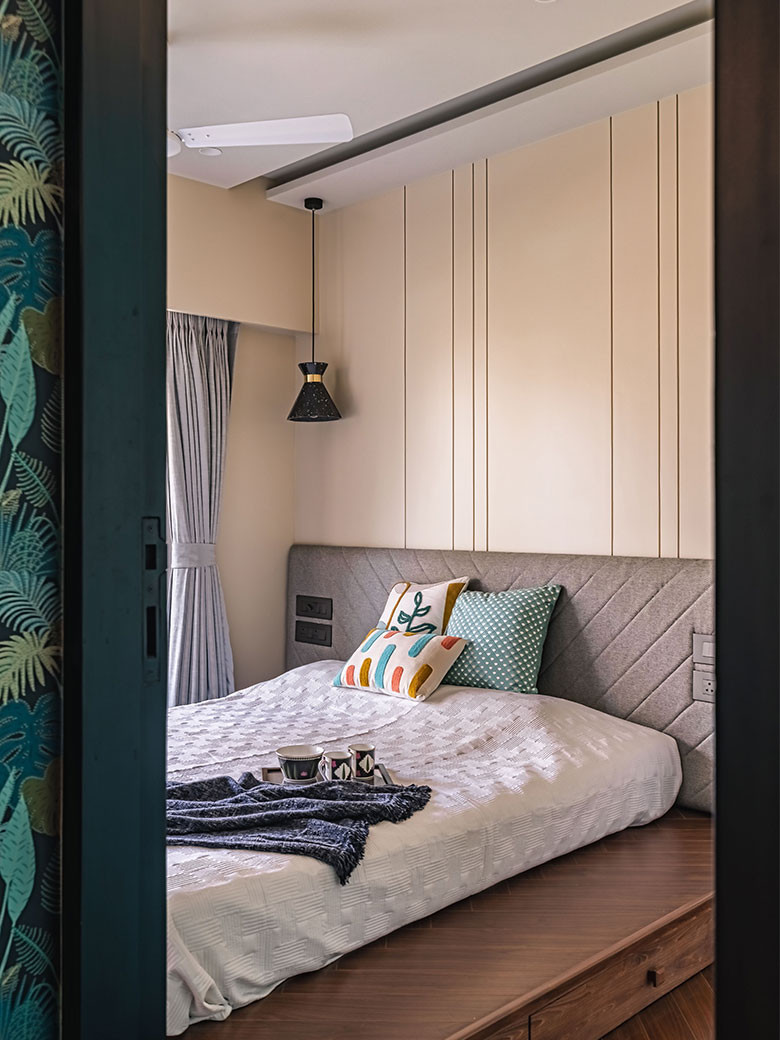
Shibani Mehta, the founder of Naksh Design Studio, agrees that it’s crucial to allocate funds for the essentials with high-quality labor standards. Afterward, one should focus on areas that can be altered based on the remaining budget. For example, replacing standard materials to achieve cost-cutting without sacrificing quality. Many people believe that low-budget homes have to compromise either functionality or aesthetics, but this is a fallacy. By using specific design elements wisely, a balance between function and aesthetics can be easily attained. Shilpa notes that it’s not true that only lavish spending can result in an aesthetically pleasing home.
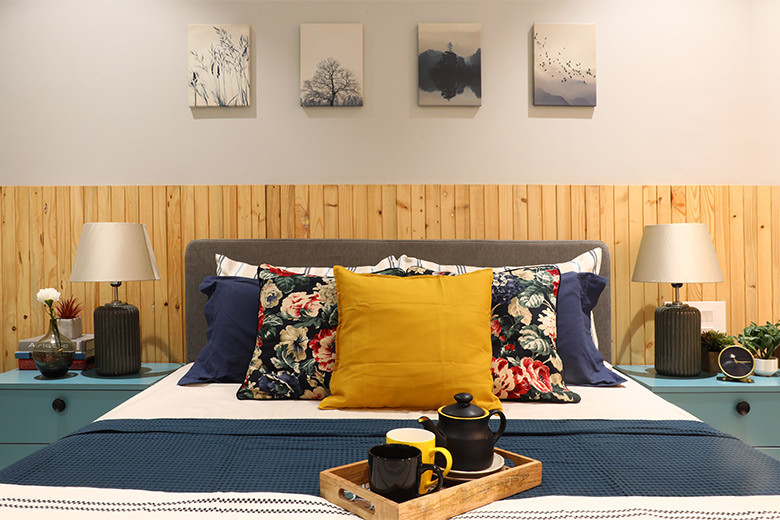
According to Shilpa Kabra from The DesignBox, the idea that a beautiful home can only be achieved through extravagant spending is a misconception. Instead, she suggests utilizing a balanced combination of color, materials, and furnishings. To save on costs, clever lighting choices, such as affordable decorative lights, can add character to a room. For bedding, solid colors or bold prints with coordinating cushions and runners can enhance the look without breaking the bank. Another overlooked aspect of interior design is the choice of wall paint, which can have a significant impact on the overall ambiance of a space. In essence, it’s all about finding the right balance of elements, much like the perfect amount of icing on a cake, as Shibani aptly puts it.
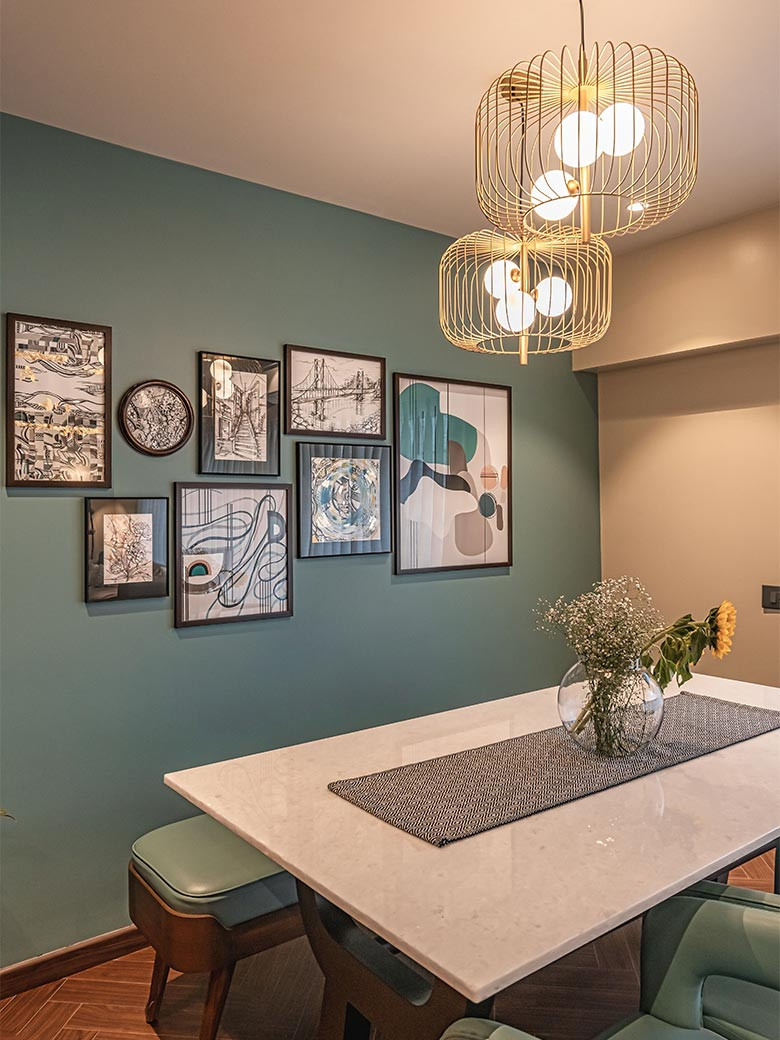
When it comes to aesthetics, Shibani explains that it’s all about having the experience and exposure to know how much dressing is needed on the cake. However, when designing a low-budget home, designers often face the obstacle of unexpected costs that surpass their budget expectations. These costs can pile up quickly, even for small changes requested by the client, resulting in additional labor charges and material wastage. To avoid going over the budget, it’s important to set a limit on product selection and allocate funds for miscellaneous expenses. One way to save on expenses is to reuse existing furniture and décor pieces.

In discussing how to incorporate suitable furniture and decor in low-budget homes, Shilpa Kabra emphasizes the importance of prioritizing durability for minimal maintenance in the long run. She suggests taking a sustainable approach by repainting or reupholstering old furniture or furnishings to give them a new lease on life and achieve a new look without spending too much money.
Effective planning and space configuration in the initial stages can also help save long-term costs. For example, avoiding brickwork in areas where a wardrobe is proposed can save the cost of making and plastering a wall while creating an extra six inches of space in compact rooms. Open-plan layouts can also help reduce construction costs by eliminating the need for partitions or dead walls and making the house appear more spacious and modern.
Other ways to reduce costs include using wooden flooring instead of tile marble, using marine ply only where necessary, and using trending surfaces instead of veneer wood.
Recently, The DesignBox completed a 2bhk home for a client with a modest budget, where they planned well in advance to ensure that everything was covered in the BOQ, from furniture pieces to decor. They evenly distributed the budget given by the client to ensure that the entire house looked complete, rather than going heavy on the living room and cutting corners in the bedrooms. Adding colors and textures to the walls gave the right background for the furniture proposed, and carefully chosen wall art and decor completed the space’s look. In one bedroom, dusty blue paneling behind the bed-back wall transformed the room without breaking the bank.
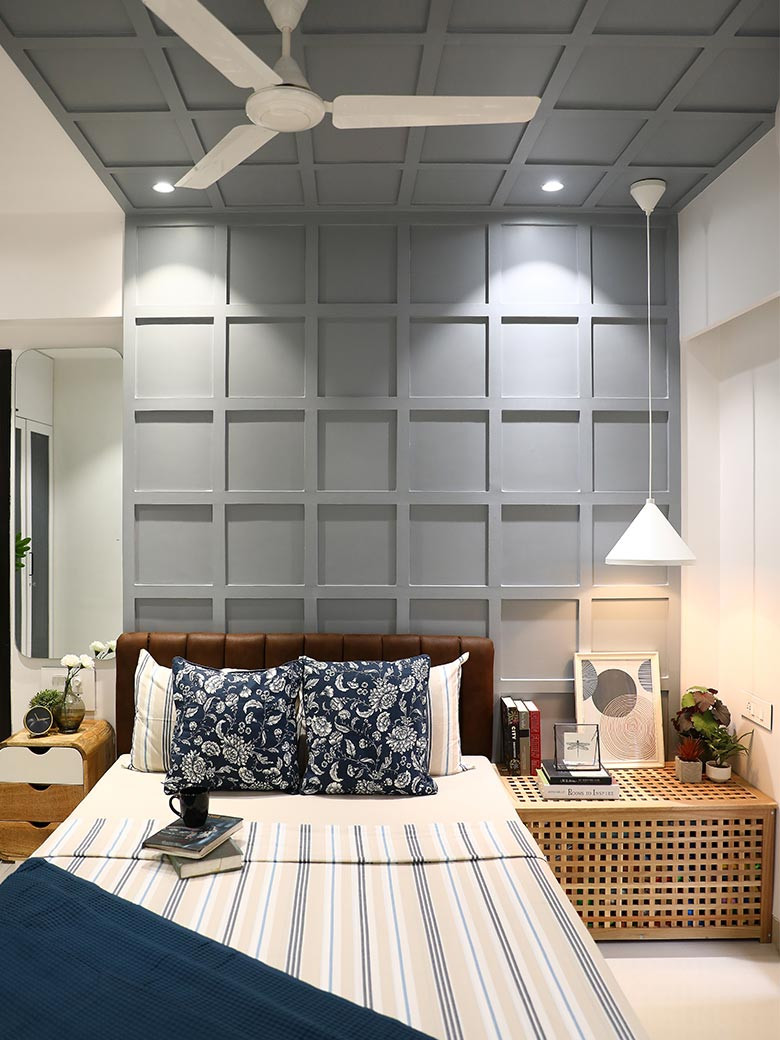
The living room’s minimalist design captures its essence with its simple interiors.
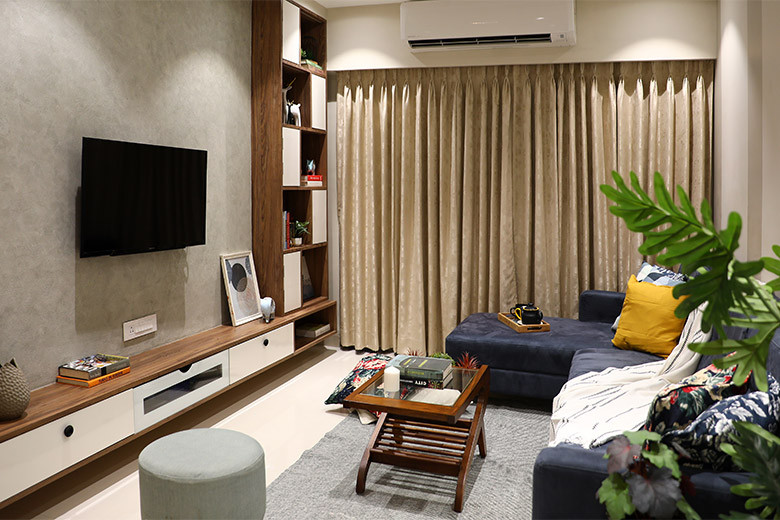
It’s amazing how clever storage solutions like these can really capture our imaginations.

Steer clear of bulky and overwhelming ceiling designs, such as the sophisticated one utilized in this particular sleeping space.
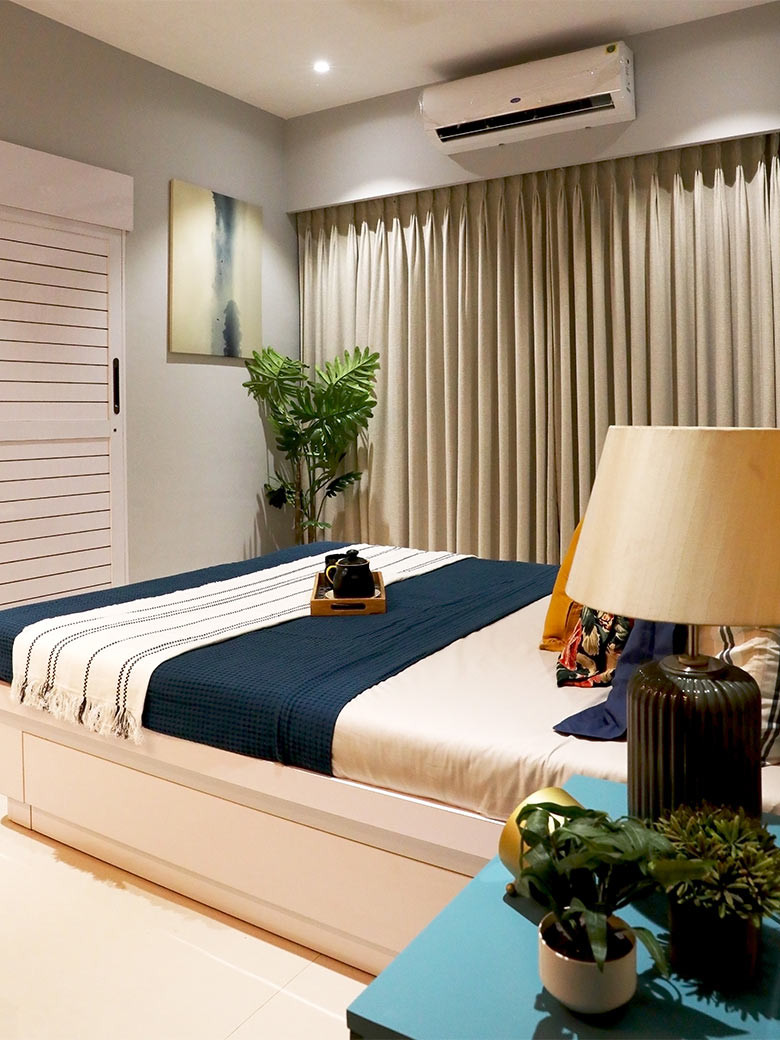
Meet Shilpa Kabra, one of the partners at The DesignBox.



